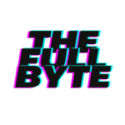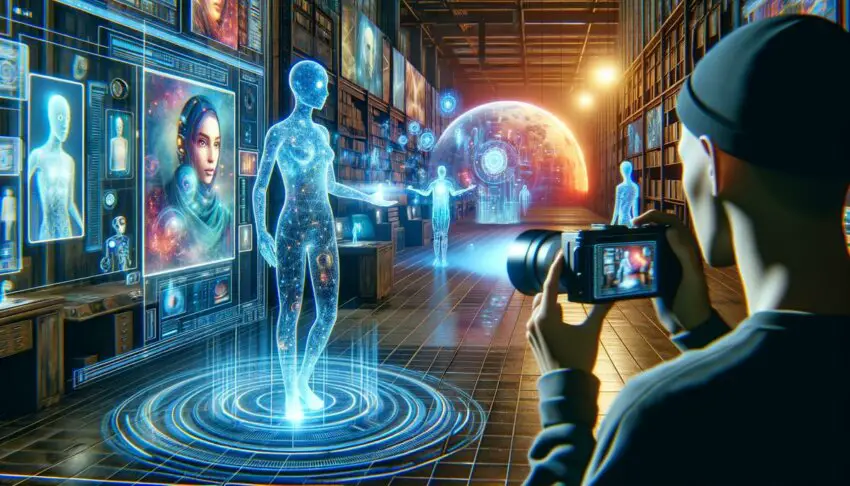We may earn money or products from the companies mentioned in this post.

What is the Metaverse?
The metaverse is a 3D virtual environment shared by users that merges with the physical world, operating on various digital platforms using technologies like VR and AR, fostering real-time interactions. While a unified metaverse remains hypothetical, tech giants like Meta and Epic Games are crafting metaverse-like experiences.
The essential aspects forming a metaverse involve:
- Computer-generated virtual worlds
- Real-time rendering
- 3D capabilities
- Accommodation for an immense number of users simultaneously
- Individual presence and continuity of data
- Interoperability for seamless data transfer across platforms
Current metaverse platforms offer immersive experiences, such as Second Life, Roblox, and Fortnite. Technologically, creating a functional metaverse requires colossal computing capabilities and advancements in VR, AR, and AI. Interoperability remains a challenge due to the need for coordination among multiple entities.
Users can join VR experiences like Horizon Worlds, utilize platforms like Roblox and Fortnite, or engage with blockchain-based virtual worlds such as Decentraland. The concept of ownership and governance in the metaverse is fluid, with a consortium of organizations aiming to foster standardized, interoperable policies.
Economically, the metaverse could mimic free-market behaviors, with digital and real-world economies intertwining. Roblox showcases this potential, indicating a self-sustaining digital economy. The future metaverse might leverage blockchain for secure, decentralized transactions. Despite fluctuating enthusiasm, elements of metaverse technology persist, with applications in industrial training, AR overlays, and digital twins influencing sectors like engineering and design.
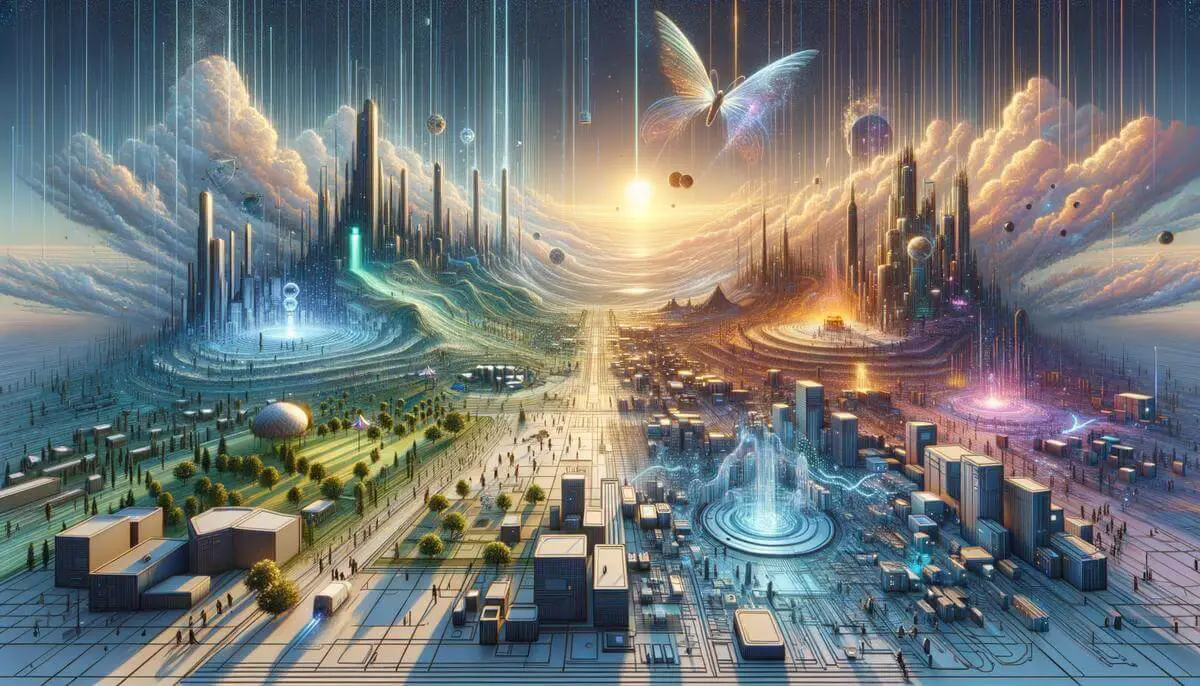
Key Features and Technologies
Avatars, translating human actions and emotions into the virtual world, play a pivotal role in the metaverse, facilitating interaction and expression beyond physical limitations. Advanced graphical rendering and real-time motion capture technologies are utilized for avatar creation and customization.
Blockchain-based operations provide secure, decentralized infrastructure for transactions within the metaverse. Non-Fungible Tokens (NFTs) enable verifiable ownership and scarcity of digital assets, fostering an economic ecosystem.
Virtual land represents digital real estate within the metaverse, where users can purchase, develop, and monetize spaces, creating a bustling economy mirroring the physical world’s property market.
AR and VR immersive experiences form the backbone of the metaverse’s interactive environment. VR offers fully immersive computer-generated environments, while AR overlays digital content onto the physical world, blending real and virtual elements.
Artificial Intelligence (AI) enhances the metaverse by enabling sophisticated interactions, powering non-player characters (NPCs) and enabling dynamic adaptation to user preferences through personalization algorithms.
Decentralized Autonomous Organizations (DAOs) establish community-driven governance, leveraging blockchain technology for transparent, democratic decision-making processes within the metaverse.
Human-Computer Interface (HCI) technology bridges the gap between users and the digital world, encompassing interfaces like gesture control, voice recognition, and eye-tracking for intuitive and seamless interactions.
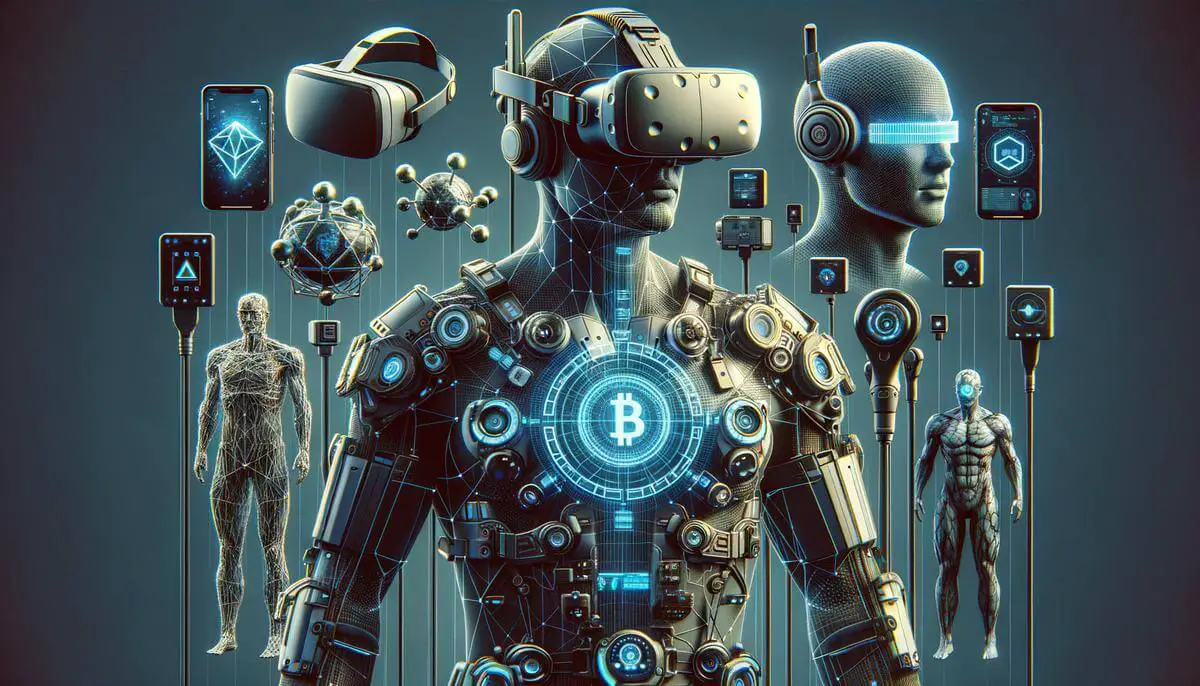
Practical Applications and Platforms
Decentraland provides a blockchain-based virtual social environment where users can create, trade, and explore digital worlds, with secure ownership of virtual real estate and assets. Educational institutions and companies can host virtual classes and digital storefronts.
The Sandbox offers a dynamic 3D virtual world built on the Ethereum blockchain, enabling users to interact, create, and monetize in-game experiences. Its use of NFTs for land ownership and assets creates a vibrant virtual economy.
Bloktopia positions itself as a cutting-edge VR experience within the metaverse, featuring a virtual skyscraper representing Bitcoin’s circulation. It provides revenue-generating opportunities through virtual real estate investments and VR-based educational and social experiences.
Meta’s Horizon Worlds is a social VR platform for activities like business meetings and social gatherings. It emphasizes user-generated content, allowing participants to create virtual spaces and experiences.
Metahero introduces ultra-HD photogrammetric scanning technologies, enabling users to create detailed 3D avatars and objects by scanning real-world items for use within the metaverse.
The metaverse provides an interactive environment for hosting virtual events, conferences, concerts, and exhibitions, overcoming geographical and logistical limitations of physical gatherings. Virtual stores within the metaverse offer immersive shopping experiences, where users can try on clothes, explore products in 3D, and make purchases through integrated blockchain-based payment systems.
Collaboration and remote work benefit from virtual offices and workspaces, recreating the nuances of physical offices and enabling more natural and interactive communication among remote teams. As these technologies and platforms evolve, the practical applications of the metaverse will continue to expand, further blurring the lines between the physical and digital worlds.
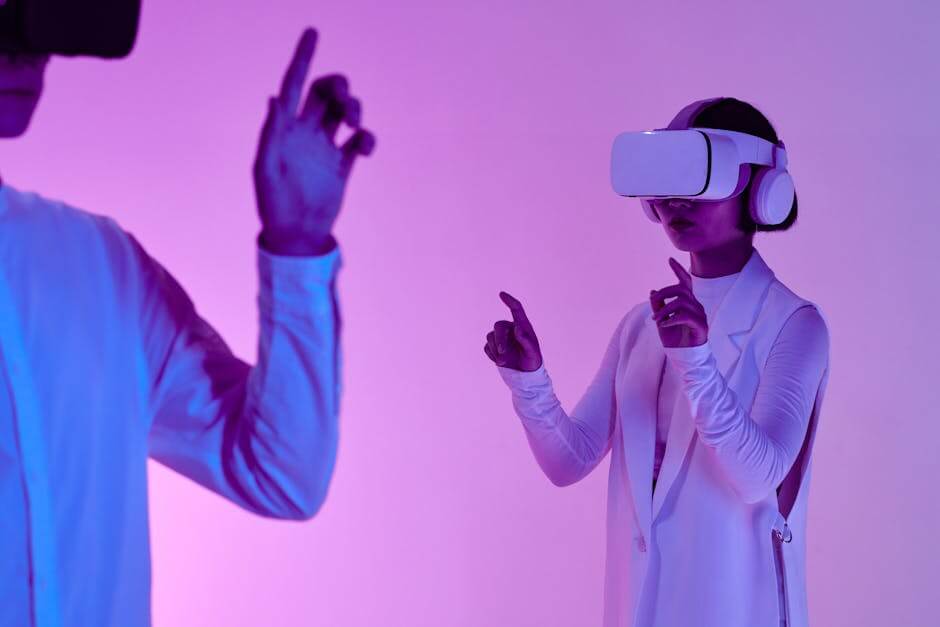
Challenges and Future Prospects
While the metaverse represents a promising vision, various obstacles must be addressed. Interoperability remains a critical hurdle, requiring standardized protocols that facilitate seamless data exchange and user transition across different platforms and applications. Collaborative efforts, like those driven by the Metaverse Standards Forum, are essential to tackle this issue.
Scalability is another notable challenge. The metaverse must handle an immense number of concurrent users, each interacting in real-time within complex, data-intensive environments. Advancements in edge computing, 5G, and cloud-based solutions will be instrumental in developing a scalable metaverse. Additionally, improving the efficiency of real-time rendering and data synchronization technologies is vital.
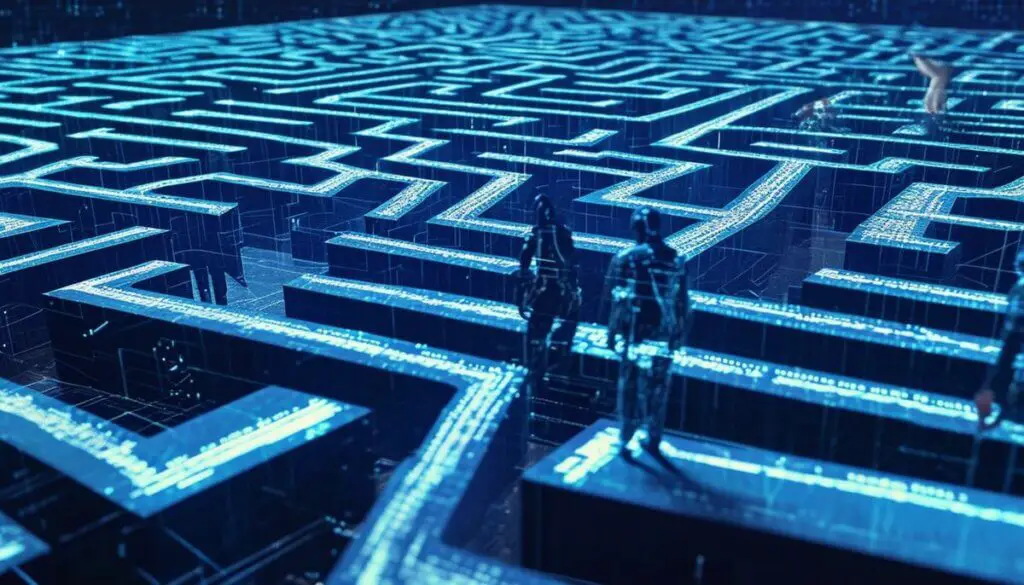
Privacy and security concerns also loom. Protecting user data through robust encryption, anonymization techniques, and decentralized identity management systems is crucial. The integration of blockchain technology can help, providing a transparent and secure framework for managing digital assets and personal information.
Ensuring the viability of economic models within the metaverse is critical. This means creating balanced monetization strategies that benefit developers, users, and platform providers alike, without fostering inequality or monopolistic behaviors. Exploring innovative economic models, such as:
- Play-to-earn
- Creator-driven marketplaces
- Decentralized finance (DeFi) mechanisms can provide sustainable avenues for economic activity.
Regulatory bodies must develop guidelines that protect user rights, ensure fair competition, and address new forms of digital misconduct while fostering innovation. This requires close collaboration between policymakers, industry leaders, and technologists to create effective and adaptable regulations.
Continued advancements in VR and AR technology are fundamental, with a focus on accessibility, comfort, and affordability. Enhancing AI capabilities to support more immersive and personalized experiences will also play a pivotal role. Developments in blockchain technology will facilitate secure and decentralized transactions, governance, and asset management. Improving Human-Computer Interfaces (HCI) will further reduce barriers to entry and enhance user experience.
As industries leverage metaverse technologies, they will inevitably reshape traditional models of collaboration, commerce, and community, driving a new era of digital innovation and interaction. Overcoming these obstacles through technological innovation, cooperative standard-setting, and robust regulatory frameworks will be essential for realizing the metaverse’s full potential.
You Might Also Like – Blockchain Technology Use Cases Explored
